People
Explorer’s Century-Old Painting Discovered Intact in an Antarctic Hut
It was painted by Dr. Edward Wilson, who died on return from a South Pole expedition in 1911.
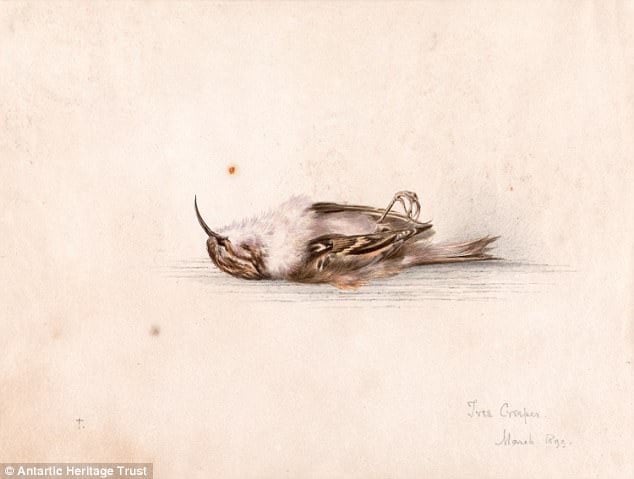
It was painted by Dr. Edward Wilson, who died on return from a South Pole expedition in 1911.

Eileen Kinsella

A 118-year-old watercolor by a renowned South Pole explorer was discovered inside an historic hut in Cape Adare, Antarctica.
The perfectly preserved painting depicts a dead bird and was found amid penguin excrement, as well as dust and mold-covered papers, according to a report on the website of the New Zealand Antarctic Heritage Trust. After months of research, experts have determined that the painting was created by Dr. Edward Wilson, who died with Captain Robert Falcon Scott and three others on their return from the South Pole in 1912.
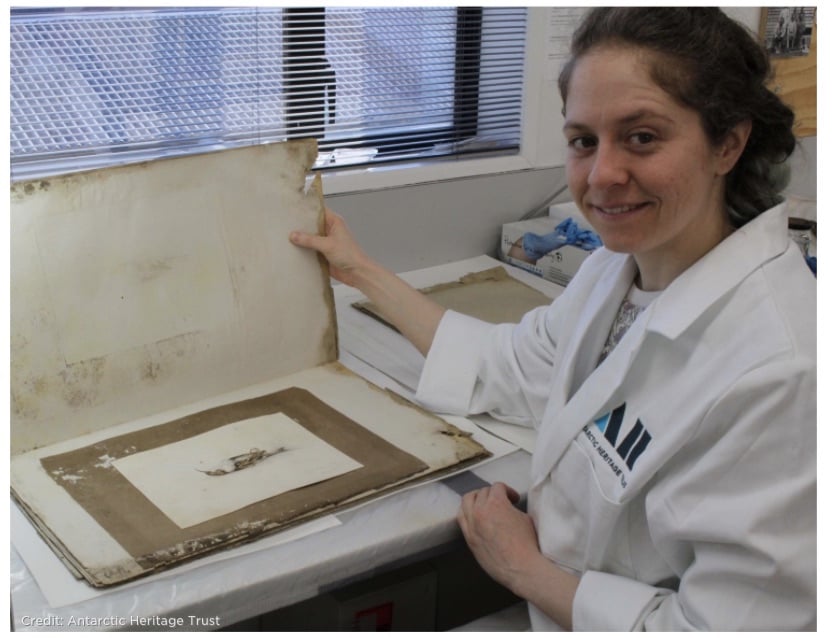
Researcher and paper conservator Dr. Josefin Bergmark-Jimenez. Courtesy New Zealand Antarctic Heritage Trust.
Antarctic Heritage Trust paper conservator Josefin Bergmark-Jimenez found the painting while she was cleaning a paper portfolio collected from a bunk in one of the two historic huts in Cape Adare that the trust is restoring.
“I opened it and there was this gorgeous painting,” says Bergmark-Jiimenez in a statement on the trust’s website. “I got such a fright that I jumped and shut the portfolio again. I then took the painting out and couldn’t stop looking at it—the colors, the vibrancy, it is such a beautiful piece of work. I couldn’t believe it was there.”
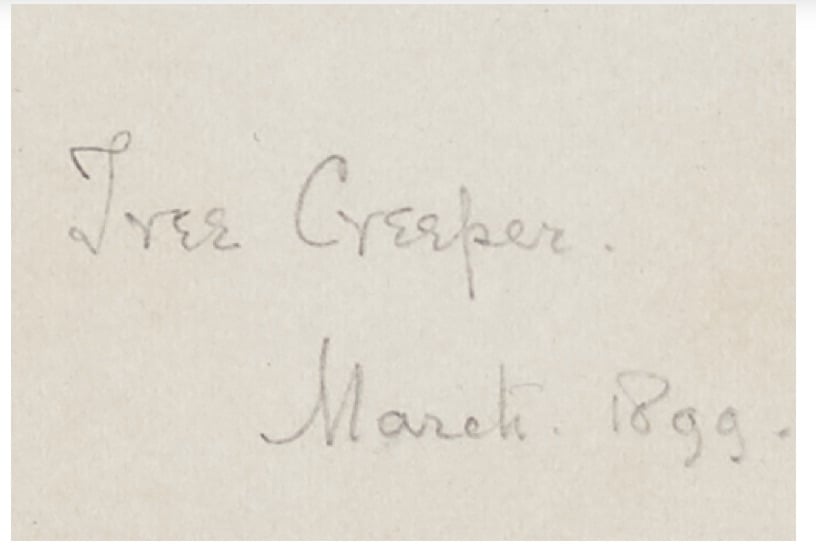
Courtesy New Zealand Antarctic Heritage Trust.
The painting is labelled 1899 Tree Creeper and bears the initial ‘T’. Though Bergmark-Jimenez first made the discovery in September 2016, it was kept confidential as part of a larger effort by the team to focus on restoring all of the 1,500 artifacts recovered from Cape Adare.
It wasn’t immediately clear to her who the artist was, since two expeditions had based themselves at Cape Adare, according to the trust website. The Cape Adare huts were built by Norwegian explorer Carsten Borchgrevink’s expedition in 1899 and then later used by Captain Scott’s party in 1911.
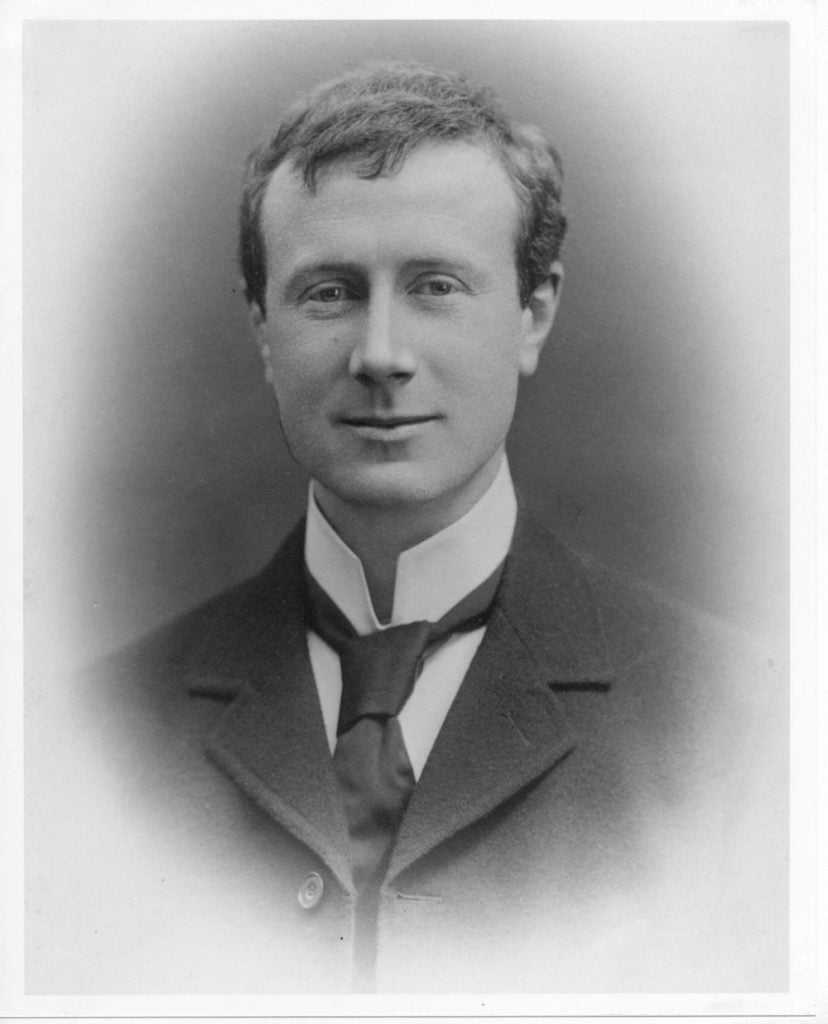
Dr. Edward Wilson circa 1894. Courtesy CheltenhamMuseum.org
Bergmark-Jimenez attended a lecture about Wilson at Canterbury University, and the artist’s identity became clear. “As soon as I saw his distinctive handwriting, I knew he had painted the Tree Creeper,” she says. “This made sense as there was also a 1911 newspaper article from the Lyttelton Times in the papers and Scott’s party went to Antarctica via New Zealand.”
Lizzie Meek, another trust researcher, said it’s likely Wilson painted the bird “while he was recovering from tuberculosis in Europe. Clearly, he could have taken the painting to Antarctica on either of Scott’s expeditions, but we think it’s more likely the artwork traveled with him in 1911, and somehow made its way from Cape Evans to Cape Adare.”

The Wilson, in Cheltenham, England. Courtesy CheltenhamMuseum.org
Wilson is a famous figure in his hometown of Cheltenham in Gloucestershire in the UK. The town’s main art gallery and museum is called The Wilson and houses a permanent collection of his work.
The museum’s cultural producer, Ann-Rachael Harwood, said its collections include very fine natural history paintings and drawings by the artist, adding, “Edward Adrian Wilson shared his father’s love of birds and natural history. He spent all his spare hours as a child rambling about the fields and woods around Cheltenham, sometimes staying out all night sitting wrapped in a cloak so he could feel and experience nature around him.”
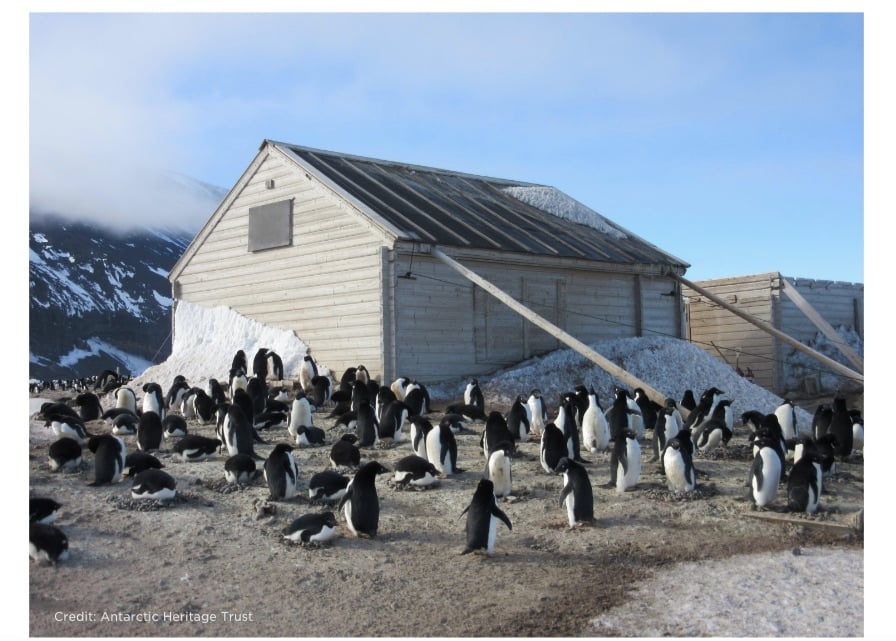
Courtesy Antarctic Heritage Trust
The painting’s excellent condition is a result of how it was stored, says Bergmark-Jimenez: “Water colour paintings are particularly susceptible to light so the fact this work has spent more than a hundred years tightly packed between other sheets of paper in completely dark and cold conditions is actually an ideal way to store it.”
According to the terms of the permit under which the trust operates, all of the items and artifacts must be returned to the site following conservation because of its status as an Antarctic Specially Protected Area (ASPA). This will happen once the huts themselves have been restored.
Watch a video about the New Zealand Antarctic Heritage Trust’s discovery.